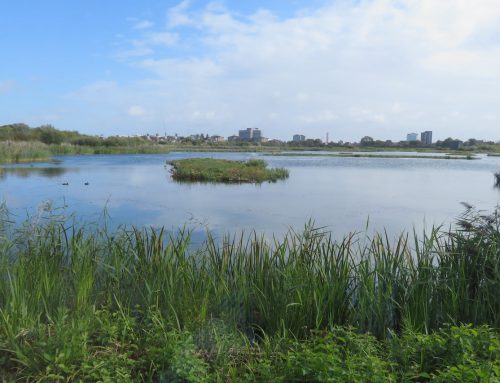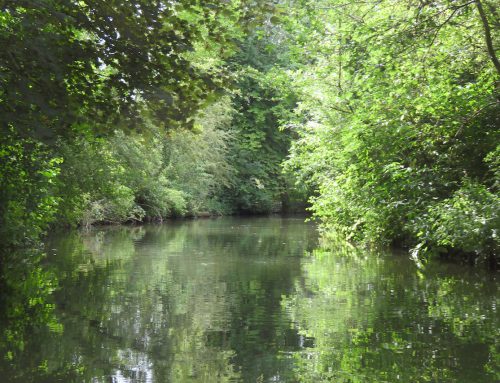Time for a rethink of the seaside
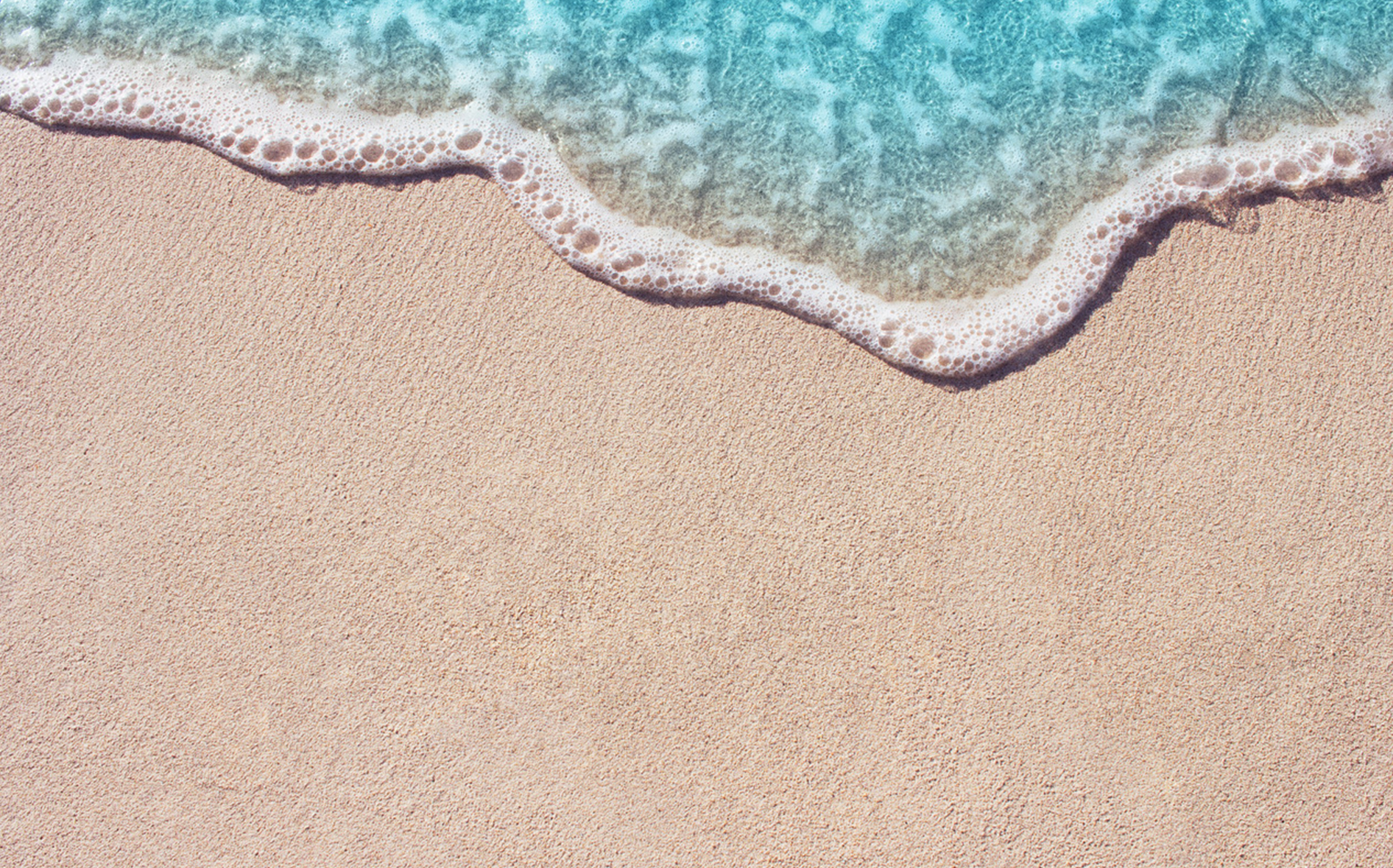
It may look healthy but seawater teems with microbes

It may look healthy but seawater teems with microbes
Sidlesham, Sussex, United Kingdom
Why is it when I sniff sea air I behave like a zombie? Why does the seaside make me feel drugged? The moment I see a wave or gaze at chalk-white cliffs, I instantly fall asleep.
Perhaps it is because my life is so urban, my system accustomed to toxins, emissions and strange vapours. Or, could there be something in coastal air that makes me relax? It astonishes me that my country, the once Empire-based United Kingdom, became such a global power. Surely being a maritime nation would have sent our warriors to rapid sleep? Rows of snoring sailors on our nation’s Men O’War, excited into aggressive activity by an occasional tot of rum.
Traditionally, sea air is meant to be healthy, once thought thanks to ozone, iodine or even salt. Sadly, these attributes have now been degraded, courtesy of shipping, which spews out sulphur dioxide. The moment this meets dimethyl sulphide from marine plankton - that is the smell you pick up on the beach - sulphate aerosols are formed and air quality declines. The effect is short-lived as sea air also carries plenty of negative hydrogen ions, which improve the ability to absorb oxygen. No wonder I feel knocked off at the seaside; my system simply hums with O2.
Yet plankton and oxygen apart, sea air may not be as fresh as you think. Ask the 3000 residents of the UK’s south coastal town of Bosham about their Bosham Pong. I am not joking. For years, seaweed accumulated in an inlet at the eastern end of the town, rotted in the sun and nose clips were the only solution. They have since built a wall, the Trippett Wall, in the hope this will solve the problem.
Despite the smells, despite the pongs, despite the apparent odours, there is evidence that those who live near the sea are healthier than those who do not. There is no need to physically inhabit the coast, you just need to visit. Seaside obsessives have been shown to take more physical activity than we urbanites, so they clearly have a healthier existence. Sea air, at least it is thought to be air, has been shown to promote creative thinking, increase compassion - we Brits could do with that right now - and reduce anxiety.
It is not just the Brits. A study in the USA, looking at data from New Zealand, found a link between health and the ability to view seawater from where you live. The bluer the space, for Blue Space is what they called it, the better your health and the lower any psychological distress. No wonder England’s south coast is called the Costa Geriatrica, the nation’s elderly flooding seawards as they seek immortality. Yet it is one thing to look at the sea, it is another to physically enter it. Sea water cleans skin, strengthens immunity, decreases anxiety and slows down the progression of arthritis. It can certainly reduce depression. All thanks to the 3.5% of salt found in the water.
And never forget Vitamin D, which these days appears good for anything. If modern medical literature is correct, the vitamin is responsible for everything fantastic and very little bad. You wait, the political parties will soon start blaming it for their failures. So, as you stride along the beach in shorts, sleeves rolled up, sunlight reflecting off the water, up rockets your Vitamin D. For the guys, keep walking. An hour of sunlight can increase testosterone by 69%. Gentlemen, do not let your Vitamin D plummet, otherwise farewell libido.
Yet being by the sea is not always cushy, despite the one billion people worldwide, mostly Asian, who live within 20 metres of sea level. Even for our minuscule UK, 30 million people live near the seaside, a figure that includes our 291 inhabited islands. So, think of coastal flooding, pollution and environmental change. Should sea levels rise, worldwide a land mass the size of Brazil would need evacuation. Maybe humanity’s seaside obsession will then become a hazard. Being near the sea will be the wrong thing to do, whatever the health imperative.
The boffins tell us that for every degree Fahrenheit temperatures rise, sea level will soar by more than four feet. There are two sea levels to consider - that of today - we can see that already - and that of tomorrow, we can see that in our imagination. Tomorrow’s has already been locked in, whatever we may do now.
Then comes pollution. A frightening 80% of marine toxic waste comes from land-based sources, agriculture especially. There are heavy metals, oil spills, chemicals you can barely pronounce, not counting radioactive waste with a half-life of 24,000 years. And the bugs, oh dear the bugs, trillions of them. The ocean is so crammed with microscopic beasties that a teaspoon of seawater can carry a million viruses. Mind you, viruses are not all bad, as they kill the algal blooms that discolour our water, annihilate our fish and force cities to switch off drinking supplies.
Seawater is laden with bacteria, too, and they are not so kind. The global rise in sea temperature has allowed bacteria to travel the oceans in ways they never did. That includes a bug called Vibrio vulnificus, which dines out on human flesh. Amputations, even death have been the consequence.
So, as you wander the beach, contemplating that evening dip, breathing in the air that all around insist is fresh, remember where you are. Good? Maybe. Healthy? Possibly. Hazardous? Certainly. It may be time for a rethink of the seaside.
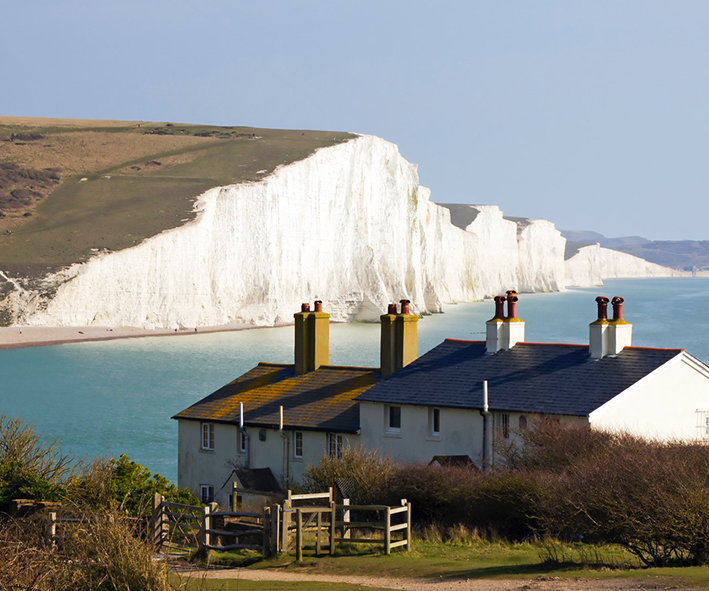
The moment I see a chalk-white cliff I invariably fall asleep
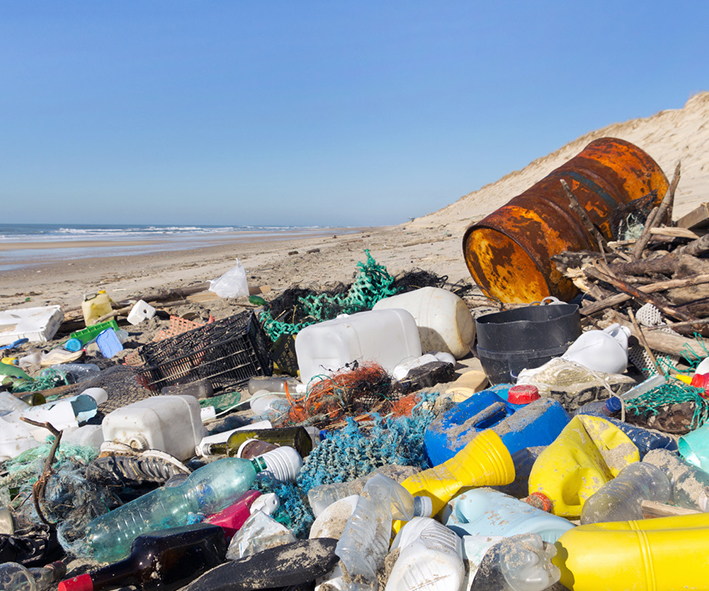
The seaside can be a dirty place and we, mankind, are to blame



